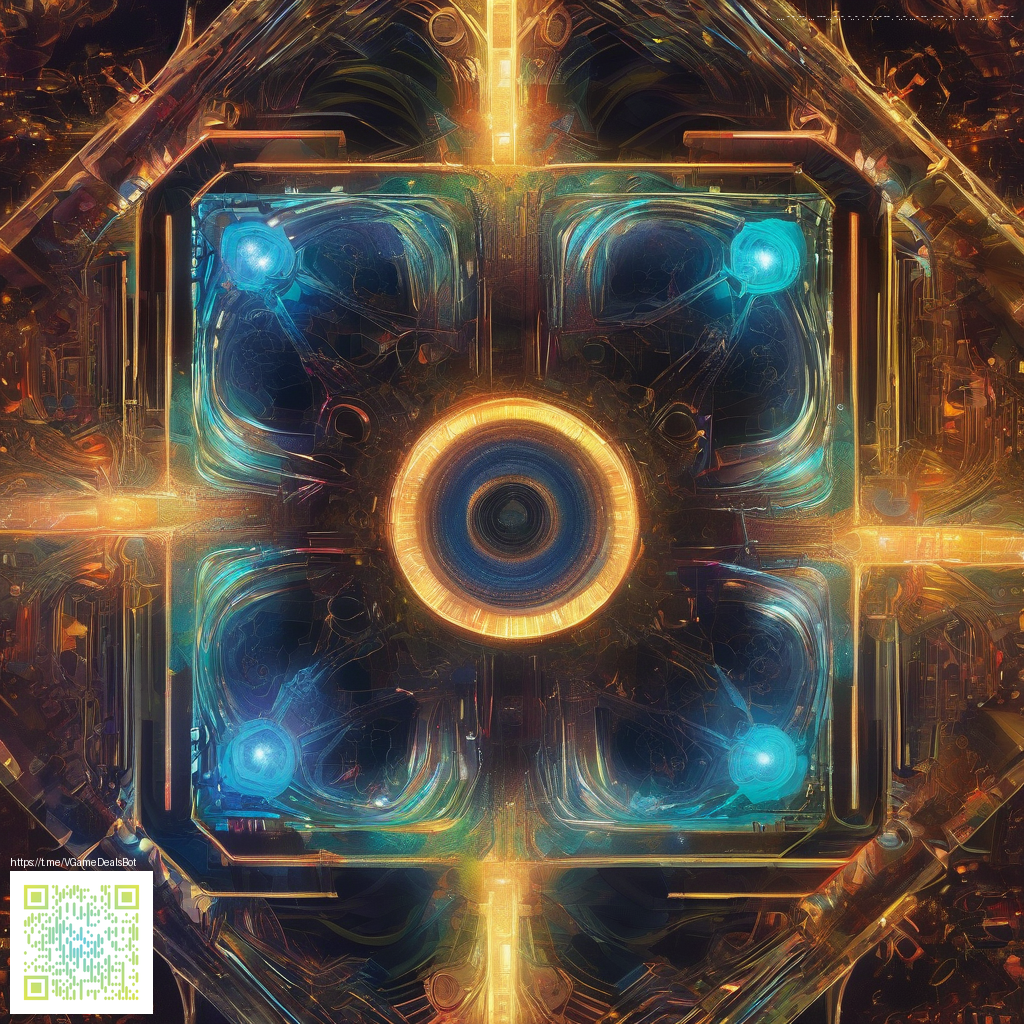Can Solana Become the Top Blockchain? A Look at Its Path, Promise, and Pitfalls
Solana burst onto the scene with a bold claim: high throughput, low fees, and fast finality that could power mainstream Web3 use cases—from decentralized finance to scalable NFTs. As the ecosystem matures, the question isn’t just about raw speed, but whether Solana can sustain reliability, decentralization, and developer momentum at scale. To understand the trajectory, it helps to examine the architecture, the real-world trade-offs, and how Solana compares to other leading blockchains.
What gives Solana its edge
At its core, Solana is designed for speed. Its Proof of History (PoH) combined with Proof of Stake enables parallel processing of transactions, which translates into high throughput and lower fees than many rival networks. The platform also emphasizes on-chain programs in a way that supports complex applications without sacrificing performance. For developers, this translates into a friendly environment for building high-traffic apps, especially in DeFi and scalable NFT experiences.
Beyond raw performance, Solana’s ecosystem has built up a vibrant array of projects and tooling. From wallets to on-chain data services, the community has developed solutions that help teams ship faster. This momentum matters because the path to becoming the “top blockchain” is as much about network effects as it is about technology. When users, developers, and liquidity providers converge on a single layer, the resulting network effects can create a virtuous cycle of adoption and innovation.
“Performance is only as valuable as the reliability and user experience that sit atop it.”
In practice, this means Solana’s growth depends on delivering a consistently smooth experience for end users—fast confirmation times, predictable fees, and robust tooling for developers. It’s a tall order, but the architecture is purpose-built for scale when conditions are favorable and the system remains healthy.
The challenges Solana faces on the road to the top
Historical outages and debates about decentralization have underscored a central tension: speed vs. resilience. While Solana’s design is engineered for throughput, outages have highlighted the importance of robust validator incentives, network governance, and reliable RPC services. The ecosystem must continually prove that it can handle edge cases, security incidents, and evolving demand without compromising trust or uptime.
Another hurdle is decentralization itself. As with any high-performance chain, there’s a balancing act between a wide, diverse validator set and the efficiency needed to maintain rapid finality. The more performance-backed features Solana adds, the more important it becomes to ensure validators operate with transparency and security. Community-led improvements, auditing, and coordinated upgrade paths are essential to keep the network healthy as usage scales.
Security and interoperability also weigh into Solana’s ability to claim the top spot. Bridges, cross-chain messaging, and ecosystem interoperability are not unique to Solana, but the ability to smoothly connect with other chains—while maintaining security—will influence its overall appeal. Investors and builders will want to see continued progress on cross-chain tooling, upgrade governance, and a clear roadmap that aligns incentives across contributors.
What this means for builders and users
- Performance matters, but reliability matters more: users will vote with their time and funds—if downtime or flaky tools become common, demand can shift quickly.
- Developer experience is pivotal: robust SDKs, clear documentation, and reliable testnets accelerate adoption.
- Security and governance can be decision-makers: predictable upgrade processes and strong security practices build lasting trust.
- Competition isn’t static: Ethereum, Aptos, Near, and others are evolving; staying ahead requires continuous innovation and smart collaborations.
As you weigh Solana’s prospects, consider how resilience and ecosystem breadth align with speed. If you’re frequently on the move, you’ll appreciate the same kind of reliability that keeps modern devices protected during everyday use. Tough Phone Case — Impact Resistant 2-Piece TPU/PC illustrates a design philosophy where materials and engineering meet real-world stress—an analogy that resonates with blockchain ecosystems aiming to withstand spikes in demand and unpredictable conditions. For a more tactile reminder of resilience in the field, you can also explore the product page directly at the URL above.
Roadmap signals and practical takeaways
In the near term, Solana’s trajectory hinges on continued improvements to network stability, more resilient RPC services, and expanded ecosystem tooling that lowers the barrier to entry for developers. Projects that bake in robust error handling, clear documentation, and user-centric interfaces will likely fare better as the field grows more crowded.
For enthusiasts and investors aiming to identify the next top blockchain, keep an eye on metrics that go beyond TPS: uptime, validator participation, de-risked upgrade paths, and the breadth of real-world applications. The strongest candidates combine technical excellence with practical usability for everyday users and enterprises alike.
